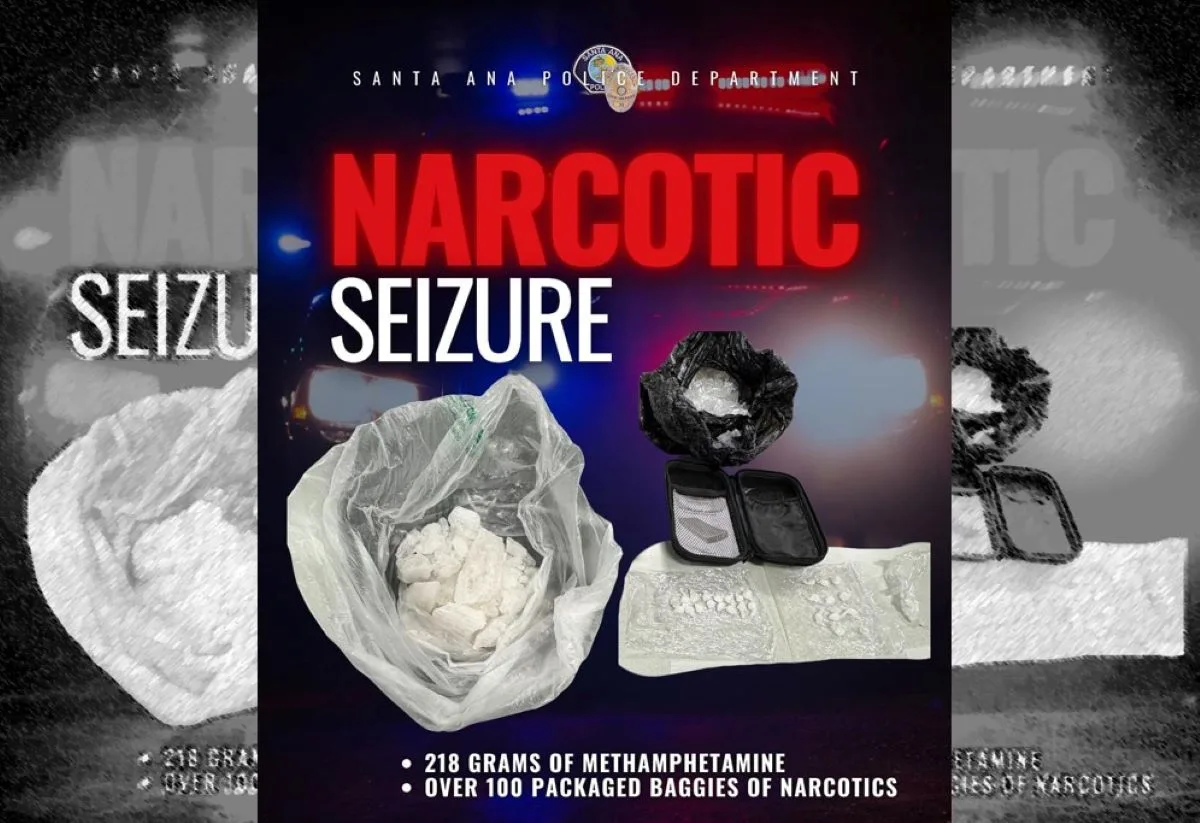Patrol officers conducted a traffic stop in the area of 600 N. Ross Street, where the vehicle was occupied by two juveniles. The juveniles were near the Santa Ana City Hall, just a few blocks east of the SAPD headquarters.
During the investigation, officers seized:
- 218 grams of methamphetamine
- over 100 packaged baggies of narcotics and a scale.
Both juveniles were arrested and booked at Juvenile Hall.
Local street gangs often use juveniles to distribute narcotics as they cannot be charged as adults and will go to Juvenile Hall, not to State Prison. However once they turn 18 the same gangs will often take their lives rather than risk getting snitched on.
Sadly impoverished youth will often resort to selling drugs for the gangs in order to provide for their families.
In California, juveniles caught selling methamphetamine face serious consequences, but the juvenile justice system focuses more on rehabilitation than punishment:
- Juvenile Court Process: The process begins with the arrest and booking of the minor. Depending on the severity of the offense, the minor may be released with a citation, placed on probation, or detained in juvenile hall until a detention hearing.
- Penalties: If found delinquent (the juvenile equivalent of guilty), penalties can include probation with conditions such as attending school, completing a substance abuse program, having a curfew, and performing community service1. In severe cases, the juvenile may be tried as an adult.
- Focus on Rehabilitation: The juvenile court system aims to rehabilitate rather than punish. This means that many first-time offenders might receive probation and be required to participate in treatment programs rather than face incarceration.
- Potential for Adult Charges: In very serious cases, such as those involving large quantities of meth or repeat offenses, the juvenile may be transferred to adult court and face adult penalties.
